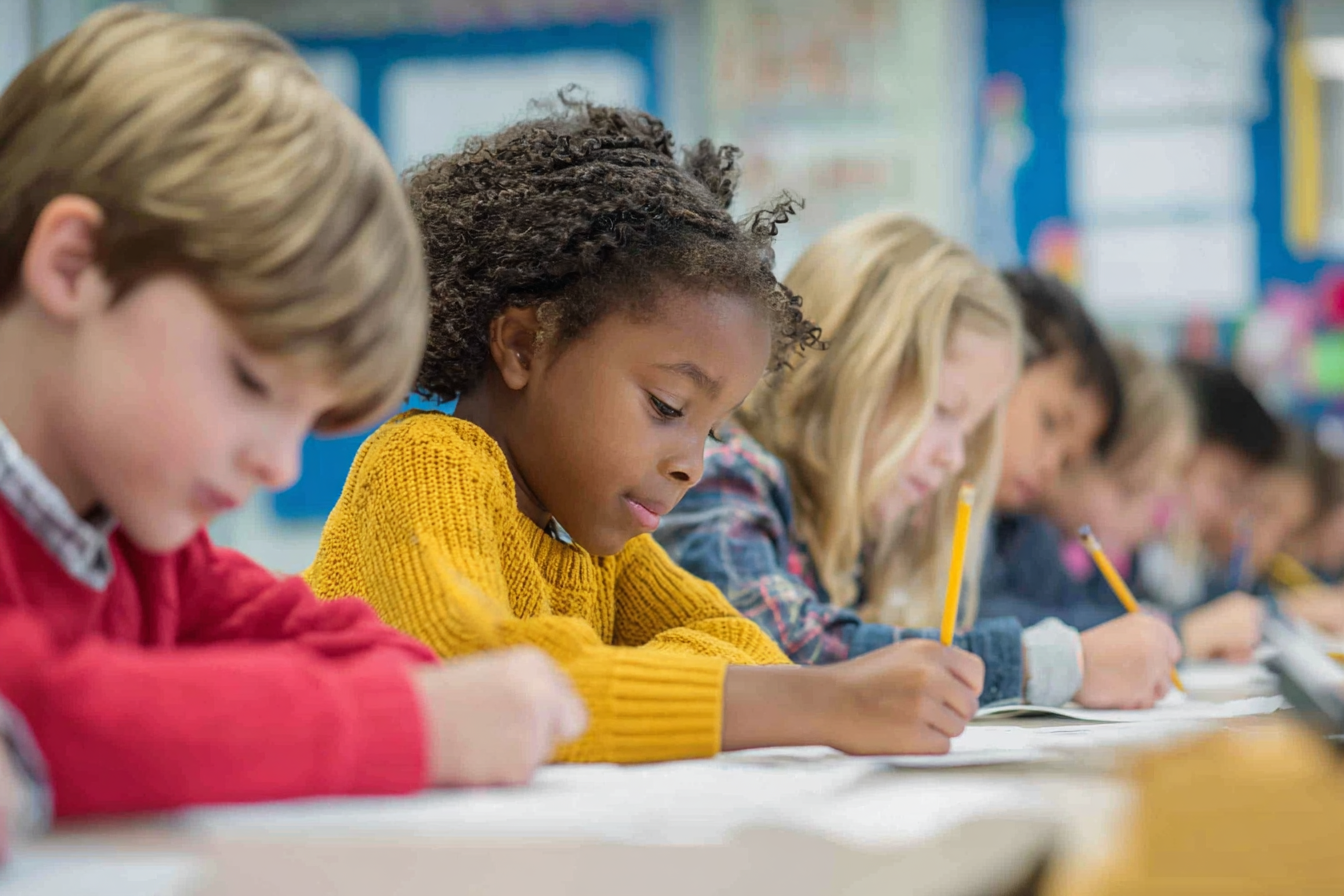Unit Plan 13 (Grade 1 ELA): Informational Structures – Sequence & How-To
Help first graders connect ideas and organize steps with this informational how-to unit. Students practice sequencing with first/next/then, explain cause and effect with because/so, and create labeled visuals that teach—culminating in a shared class how-to project.

Focus: Idea connections; steps in procedures; visuals that teach
Grade Level: 1
Subject Area: English Language Arts (Reading Informational • Writing)
Total Unit Duration: 5 sessions (one week), 45–60 minutes per session
I. Introduction
Informational readers and writers notice how ideas connect and how steps go in order. This week, students learn to identify connections (what comes first/next, what causes what), follow and create how-to sequences, and use visuals (pictures/diagrams with labels) to teach. The week ends with a shared how-to page the class builds together.
II. Objectives and Standards
Learning Objectives — Students will be able to…
- Describe connections between ideas/events/steps in short informational texts using simple sequence or cause/effect language (RI.1.3).
- Use illustrations and text details (diagrams, labels, captions) to explain a page’s key idea and steps (RI.1.7).
- Participate in shared research and writing to plan and produce a short how-to page with pictures and words (W.1.7).
Standards Alignment — CCSS Grade 1
- RI.1.3 Describe the connection between two individuals, events, ideas, or pieces of information in a text.
- RI.1.7 Use the illustrations and details in a text to describe its key ideas.
- W.1.7 Participate in shared research and writing projects (e.g., how-to books on a topic).
Success Criteria — student language
- I can tell how two ideas/steps connect (first/next; because/so).
- I can name the key idea of a page and use pictures + words to explain it.
- I can help my group make a how-to with 3 clear steps and a teaching picture.
- I can use sequence words (first, next, then, last/finally).
